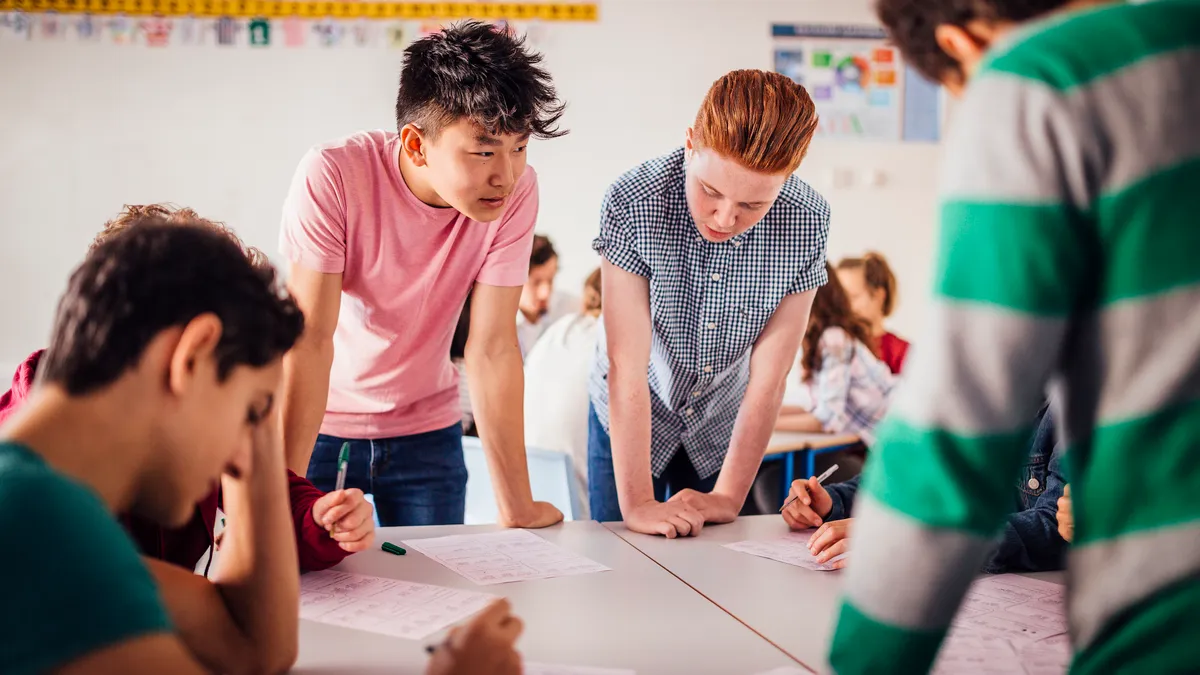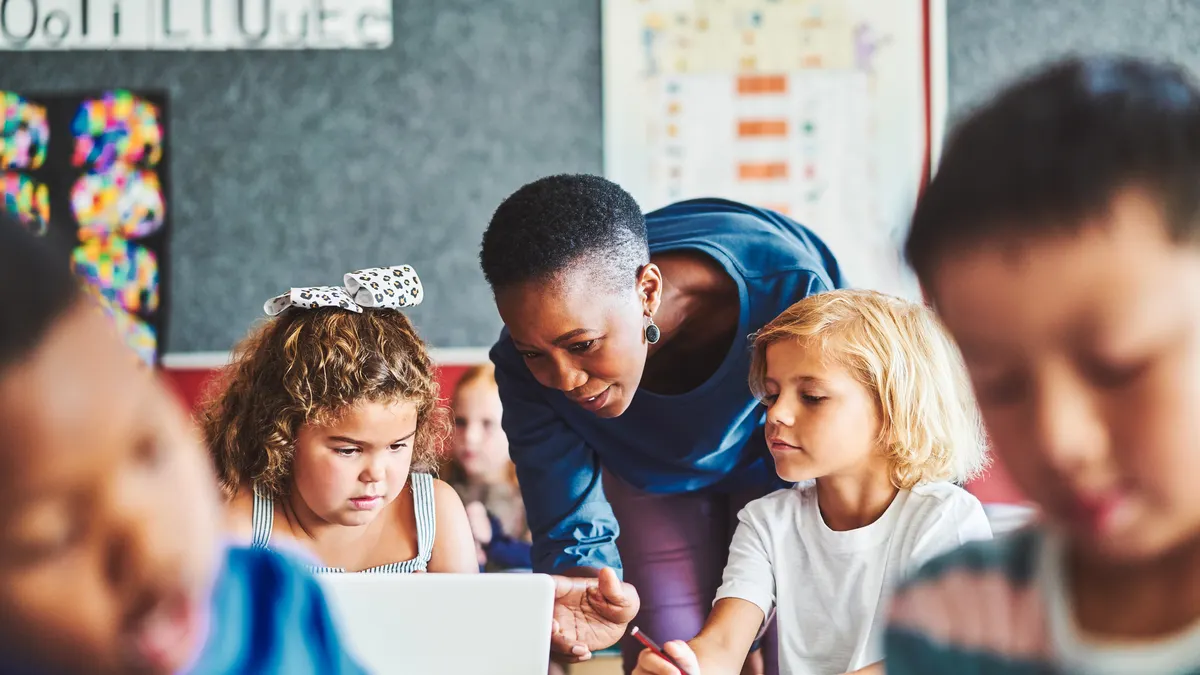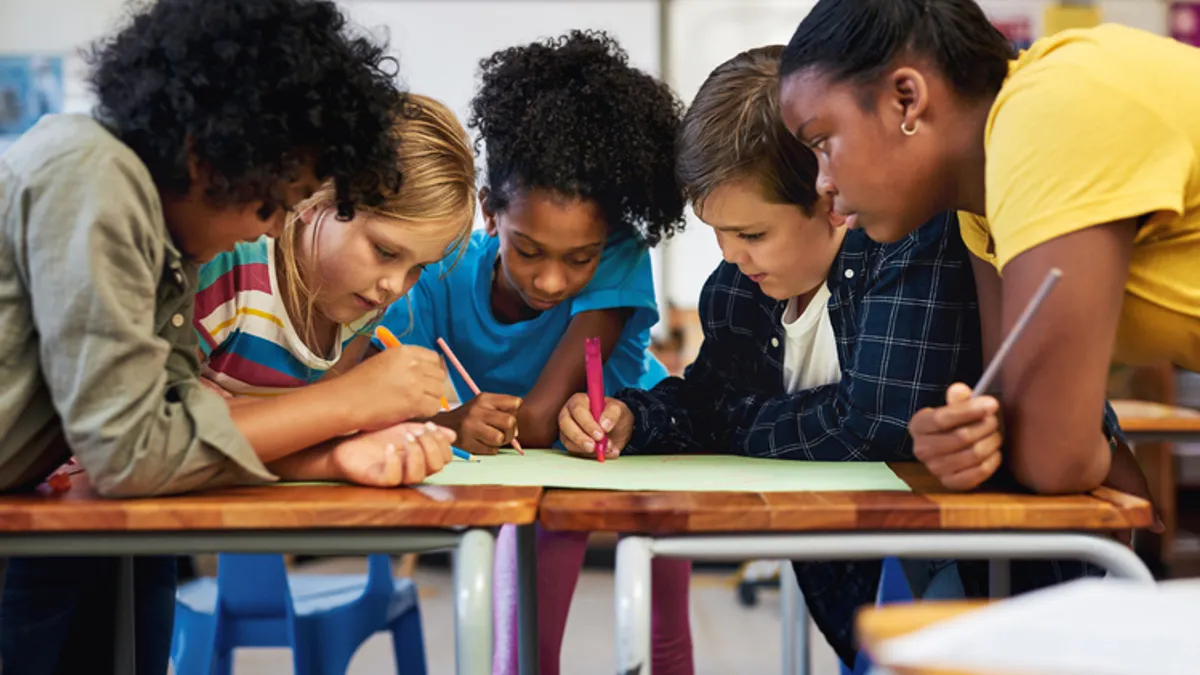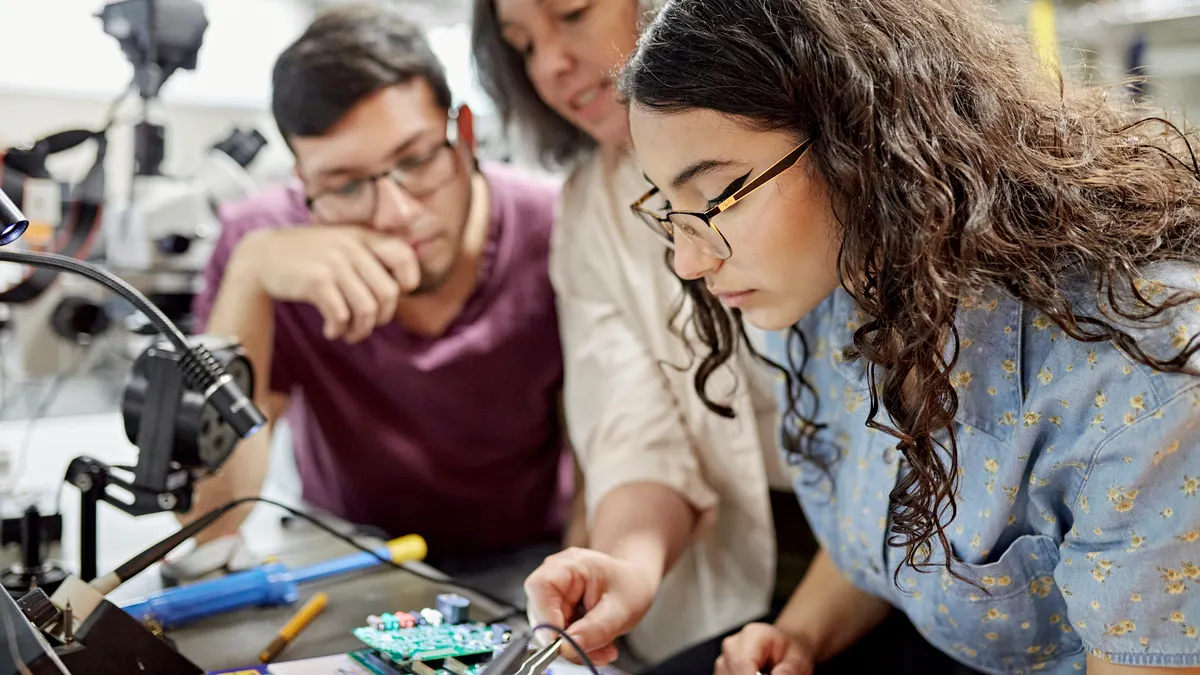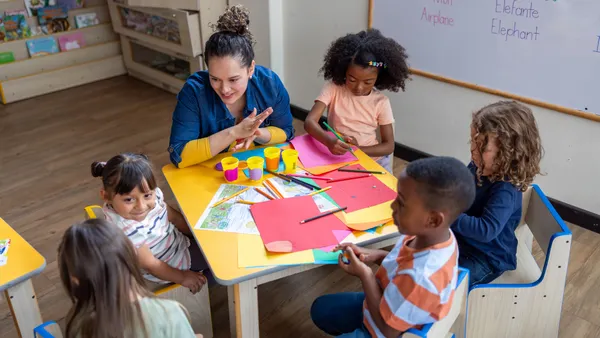Two years before America’s 250th birthday on July 4, 2026, the National Archives is in full swing preparing for its “America 250” project — an endeavor designed to bring in as many voices as possible to tell the story of the United States. Core to the project is anchoring how these stories will be told, with the agency asking people to share artwork, stories, photos, videos, poems and songs related to the semiquincentennial.
The subject of history can often evoke imagery of dusty tomes sitting in darkened subterranean stacks. But historical moments were the current events of their time. And with as much variety as stories are told today — from songs to poetry to paintings — so too can history be taught in these ways.
“Essentially anything created by a person can be a historical source,” says Nate Sleeter, the director of educational projects for the Roy Rosenzweig Center for History and New Media at George Mason University in Fairfax, Virginia. “You can look at it through the context it was made, the audience it was made for, and the people who lived in that time of history.”
Educators can help students look at the numerous creative ways humans have documented history, seek out and examine artifacts of time in all their forms, and even consider how they will create their own.
Focus on the “un-essay”
As history has been told through far more than written stories — dating back to before the written word existed — Brendan Gillis encourages educators to think differently about how students can document their learning in a history or social studies class.
The director of teaching and learning for the American Historical Association, a U.S.-based professional association of historians, advises teachers to adopt creative lessons and assessments, including what he and some colleagues have called the “un-essay.” This approach allows students to apply what they’ve learned through avenues outside the typical written assignment, such as designing a board game or a short story.
“The un-essay is built around analytical skills that we want to encourage in our students, but that allow them to be freer about how they want to express themselves,” says Gillis.
Sleeter notes that people can share history through avenues from film to art — and essentially anything someone has made. That’s also why he agrees that educators can widen the door in how students showcase their learning by allowing them to create something to show what they know beyond a traditional assessment.
“We’re very much proponents of project and inquiry-based learning where [students] delve into the sources from the past, researched historical context, and show what they know,” he says. “They can use historical mapping, a website, any video presentation, or any digital storytelling,” he says. “There are so many ways students can show their thinking and what they’ve learned.”
Sleeter adds that educators can also give students a way to make their work open to a wider audience — perhaps through a public exhibition — and provide classes a way to bring more engagement and dialogue to their projects.
“That means more to students, because they feel like they’re participating in a broader conversation,” Sleeter says.
Teach storytelling
History is nothing if not the telling of stories. That's why Lawrence Paska says that having students understand how people share stories — and the voices allowed to tell them — is another way to help learners understand historical narratives.
The executive director of the National Council for the Social Studies says that history and social studies lessons include multiple narratives and voices, but he adds that some voices are lost — and some stories, too.
“Some stories we know haven’t been told very well,” says Paska. “Some expressions through narrative haven’t been saved or preserved.”
Educators can help students think more deeply about what they learn by considering how history and the stories told today have been framed, and even by thinking about which narratives have been saved. Paska suggests educators and students consider the role that institutions have played in collecting and preserving these stories and documents. He encourages students to think about their roles in the future and how they may save stories as they become civic participants.
“How do we document our shared past and make room for it?” Paska asks.
He also reminds educators that stories can take more forms than the written word. History, for example, can be told through music, films and other artistic expressions. Paska encourages teachers to look for cross-curricular opportunities and weave these into their history and social studies curriculum.
“Partner with the art and music teacher if teaching a concept in a world history class, to look at the background of historical expression over time,” Paska says.
Look to local history
Other partners can be found outside the school walls and through local organizations, such as historical societies or institutions in a neighborhood or town.
“It’s powerful for students to think about these grand, historic transformations in our history classes that tie into where we are in the world and our own communities,” says Gillis.
That focus can include looking at landscapes and how those may have changed in an area based on historical events.
While that could include objects, monuments or spaces designed by humans for specific purposes — such as the Great Pyramid at Giza, the Mayan archaeological site of Palenque or the Colosseum in Rome — students could also look at the birth of a neighborhood, such as their own, and its ties to the growth of suburbanization following World War II, notes Sleeter.
The key is to use an approach that helps students start talking about the past and find an “in,” he says, to help them think about what they can learn and glean from it.
“[Students] tend to think about history in a textbook, and as dry and boring,” Sleeter says. “History is about thinking and interpretation. We can help students find connections to different things, and to things they already care about.”

